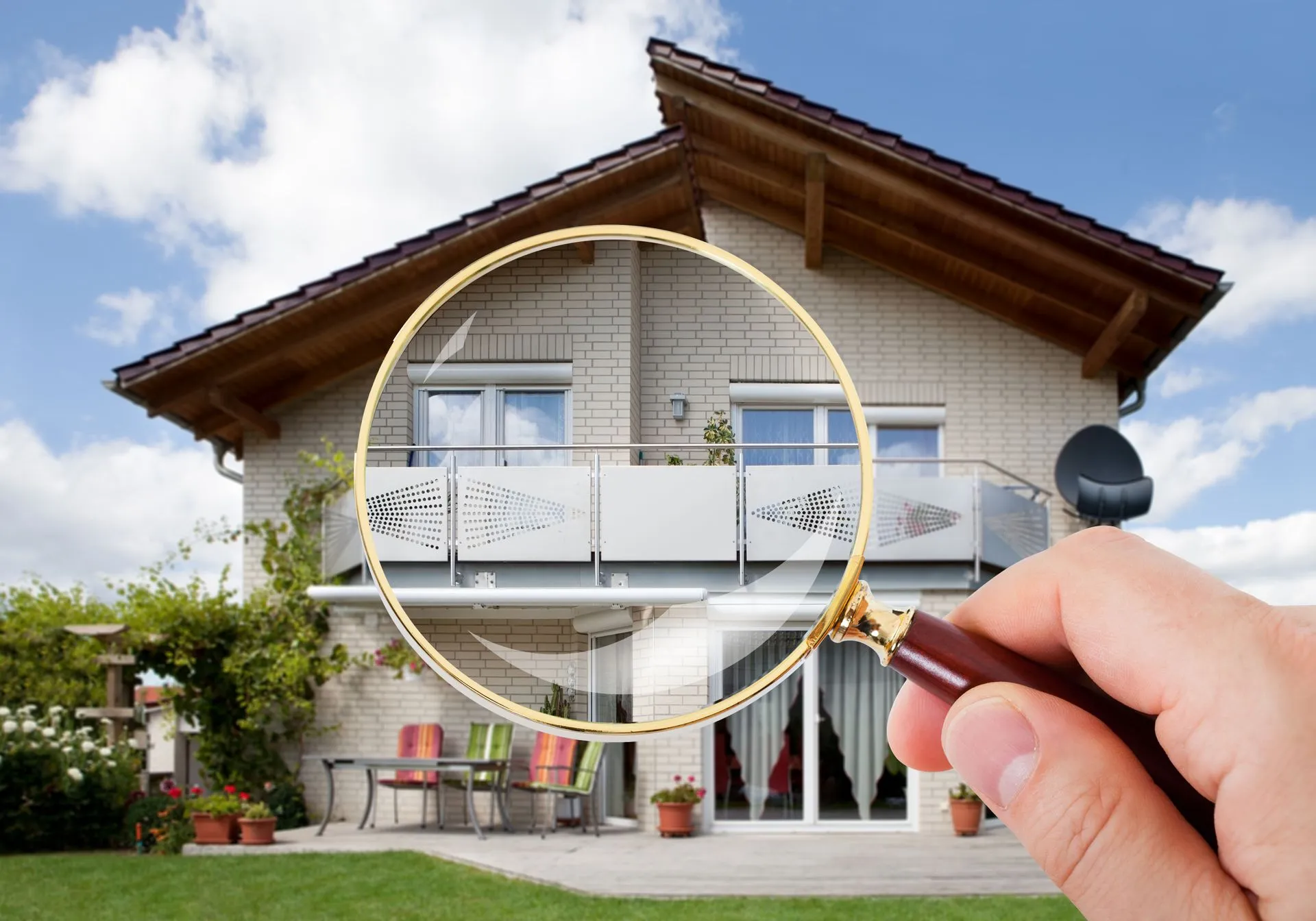Serving Northern MN and Northwest WI(218) 940-8299
What’s going on with your roof? Most homeowners have a hard time answering that question because they rarely check their roofs. Even if they do, they may not be able to ascertain their roof’s true condition. That’s why roofers are here to help. Roofing contractors can give you valuable insight regarding that matter. If there are issues plaguing your roof, the contractor should be able to identify them during an inspection. What will your contractor check while they’re up there? Learn more about the tasks involved in roof inspection by continuing with the rest of this article.
Attic Ventilation Issues
Your roofing contractors may not head straight for your roof immediately. Instead, they may take a pit stop in the attic, if you have one, and check how things are going on in there. More specifically, the roofers will look for any issues that could be affecting your attic ventilation. The contractors are concerned about attic ventilation because it directly impacts your roof.
If your attic ventilation is poor, heat or moisture may accumulate in that part of your home. Excess heat gathering in your attic is bad for your roof because it adversely affects the adhesive that is keeping things together. Too much moisture can also promote wood rot, rust, and mold growth. Maintaining the perfect balance of heat and moisture inside your attic is crucial to the health of your roof. Your contractor will check this and inform you of any potential problems.
Water Stains
It’s not surprising that leaks in your roof are generally a bad thing. Leaks can cause rotting and numerous other complications. Your roof may never be the same once it suffers serious water damage. The problem with leaks is that they can be difficult to spot. To make finding those leaks easier, your contractor can search for water stains instead.
While still in your attic, your contractor can start looking for water stains on the underbelly of your roof. They can also head up onto your roof in search of more water stains. Those stains should be located close to the leaks themselves. Once the leaks are spotted, your roofing contractors can start administering the necessary repairs.
Leaking Roof Penetrations
Some parts of your roof are more vulnerable to leaking than others. We’re specifically referring to the parts located near roof penetrations. Examples of roof penetrations include chimneys, skylights, vents, exhaust fans, pipes, and any other openings that lead directly into your home. You can expect the contractors to spend quite a bit of time checking them just to make sure they aren’t causing problems.
Damaged Roof Shingles
Roof shingles have varied lifespans depending on the material. Slate tiles can last for over a century while some clay shingles will remain in good condition for about half of that period. The longevity of asphalt shingles can be quite varied even if they’re made from the same material. The well-crafted asphalt shingles on the market can last for around 30 years or so. If you went with the cheaper alternatives, then they may already exhibit signs of damage after just 10 years.
According to Bob Vila, you should get your roof inspected by a contractor 10 years after its initial installation. By having your roof inspected that early, you can limit the damage caused by any low-quality roofing tiles. From there, you should start scheduling more frequent inspections so you can get the jump on potential problems.
Rusty Flashing and Gutters
The flashing and the gutters installed on your roof are both tasked with leading water away from your home. They are critical for reducing your roof’s exposure to moisture. Of course, the flashing and gutters you have installed remain susceptible to damage. They are especially susceptible to rusting over given how often they are in contact with rainwater. Your contractors will closely inspect your flashing and gutters to determine if they are affected by rust or any other compromising issues.
Spongy Roof Decking
Lastly, you can expect the roofing contractors to inspect the integrity of your roof decking. To do that, they will walk on your roof for a bit and see how the decking feels. The contractors will check if your roof feels spongy under their feet. If your roof feels spongy in certain spots, that’s a telltale sign that it has sustained significant water damage. The extent of the damage will determine what kind of repairs will be needed. Widespread damage to your roof’s decking may necessitate a total replacement.
Having your roof inspected by a professional sooner rather than later can save yo


